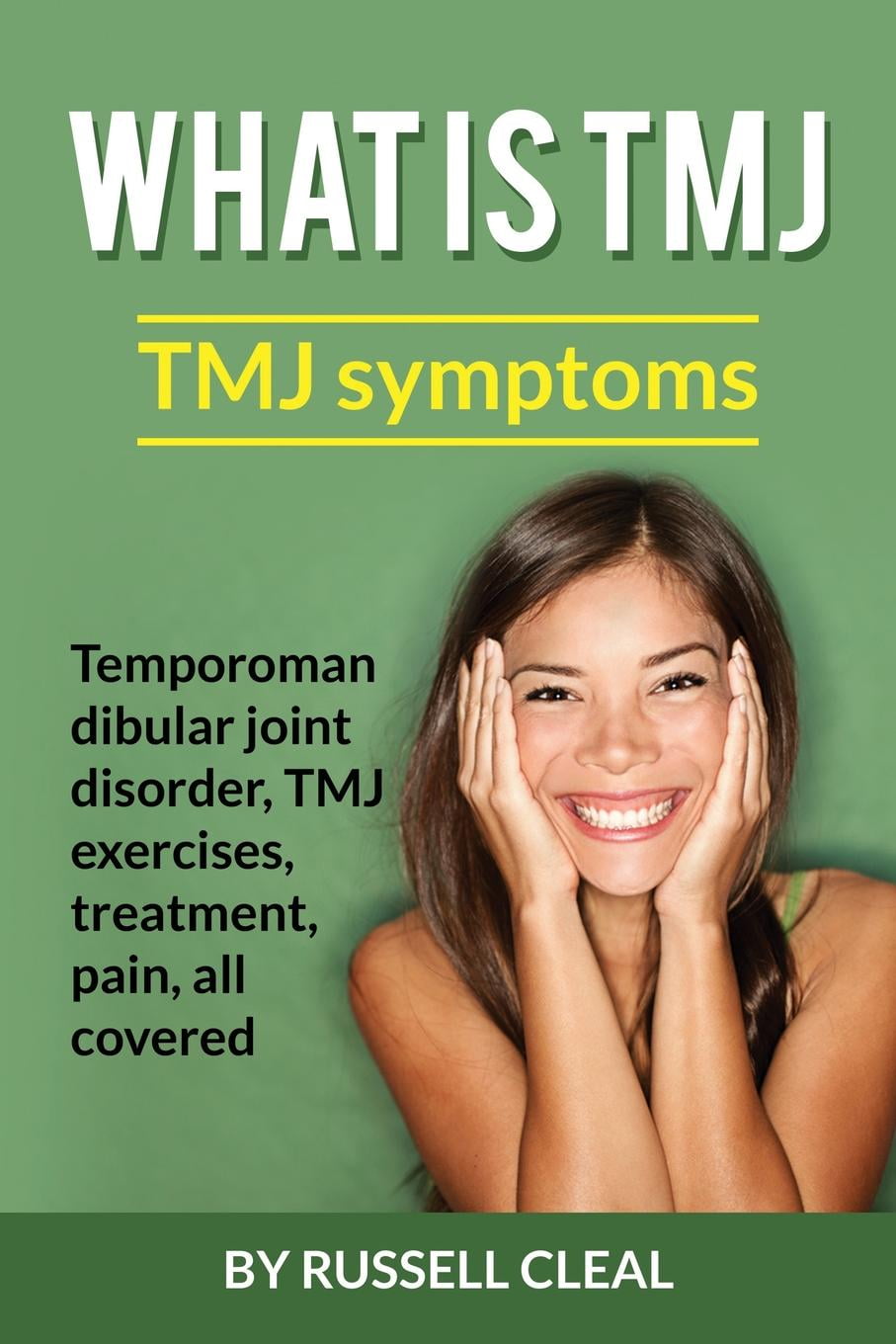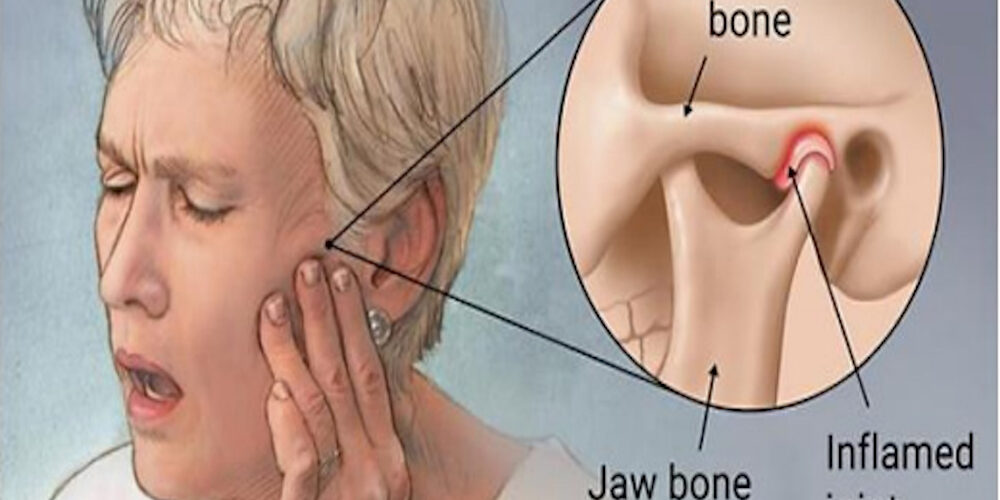9 Best TMJ Exercises for Pain Relief
Table of Content
On a personal note, try to be relaxed and avoid stressful situations which may increase pain and inflammation of the jaw. Moist Heat.If you’re experiencing a dull, steady ache rather than sharp pain, heat is helpful to increase blood circulation to the area and relax jaw muscles and improve function. Soak a couple of washcloths in warm water and hold them to your face for 20 minutes or so. You’ll want to run them under hot water a few times to keep them hot. Moist heat from a heat pack or a hot water bottle wrapped in a warm, moist towel can also improve function and reduce pain. Be careful to avoid burning yourself when using heat.
We’d like to introduce you to another natural way to get some relief. Massage – If you do decide to go to the doctor, ask if there are any massage patterns you can use to provide long-term relief. Alternatively, you may be able to find some videos on the web to teach you a good jaw massage. If you have TMJ, it may be painful to practice basic oral hygiene. This includes brushing your teeth, flossing, and getting routine dental cleanings.
Safe Home Remedies For A Stomach Ulcer Pain Relief
By working to inform readers of the options available to them, he hopes to improve their health and quality of life. Sitting with poor posture can be a major cause of TMJ disorder, so it is important to sit straight when seated for extended periods of time. Taking frequent breaks by getting up and moving around can help you in this effort.
This includes the trigger points of the medial pterygoid, masseter, the temporalis muscles, and the lateral pterygoid. It can relieve pain, regulate inflammation, reduce stress, and promote muscle relaxation. TMJ disorders occur when something goes wrong with your jaw joints and jaw muscles.
TMJ Specific Exercises
The exercises can be done in front of the mirror to gauge progress. Stay clear of hard foods such as carrots and very chewy foods like taffy and caramel. Consequently, depending on the extent of your symptoms, both home and medical remedies might be applicable to varying extents. Mix the three parts of water with one part of salted water. Use the mixture to rinse mouth for 30 to 45 seconds.

Gently pressing the jaw muscles can help temporarily relieve pain. Regular training of jaw muscles can help prevent jaw pain. TMJ or temporomandibular joint is a condition that the upper and lower jaw joints are no longer function properly. This is one of the most complex joints of the body. It is responsible for carrying the lower jaw forward, back and forth. Any malfunction that makes this complex system inoperable is called the temporomandibular joint.
Tips for relieving pain during dental care
Become more aware of when you participate in these types of behaviors. Is it when you’re stressed, anxious, or concentrating? Try to become self-aware during those moments and focus on relaxing instead of clenching. Ever been stopped short by a stabbing pain in your jaw?

To find a pain specialist in your area, click the button below to get started. Instead, many TMJ dentists are looking at ways to restore your mouth’s proper occlusion, or bite. A well-balanced bite puts less stress on your jaw, and can help you stop grinding your teeth at night. Because of this, some dentists recommend short-term guards or splints, bridges, braces to correct alignment, including Invisalign braces for adults.
Should I Call a Doctor?
These do not necessarily require special medications or interventions. This normally can include activities that reduce further worsening of the TMJ symptoms, and allow the inflammation of the jaw to heal. Dietary and exercise therapies employed at home for TMJ are important and are covered in other treatment sections. Additional home therapies include avoidance of negative behaviors, attention to stress, and applying conservative treatments like heat or ice. TMJ pain treatment ranges from at-home care to surgery for severe cases. For most patients, at-home care with some gentle stretching can significantly help relieve pain and reduce symptoms.

Other treatments like physical therapy, massage, or relaxation techniques are a welcome addition to any routine, and can be especially beneficial for patients. Therapeutic exercise is always part of a comprehensive physical therapy treatment plan. These exercises are designed to assist with relaxation, joint mobility, and postural correction.
You may find the following suggestions helpful in easing your TMJ symptoms. You may hear TMJ referred to in a number of ways. The letters “TMJ” themselves abbreviate “TemporoMandibular Joint” but have often been used to refer to disorders in this region of the jaw.

This is a treatment that uses low-level electricity to relax both the jaw and facial muscles. This applies to people who, during stressful situations, find themselves grinding and clenching their teeth. TrueRemedies.com does not give any medical advice. The remedies, tips and tricks specified here are solely for the informational purpose. Consult your health care expert or doctor before trying any home remedies.
Applying warm, moist heat or ice to the side of your face may help alleviate pain. If you feel sharp pain in your TMJ, apply cold packs for around 10 minutes on both sides. The nerves are made numb by the cold and the pain messages going to the brain get dull. However, depending on the cause of TMJD, it can lead to significant and persistent discomfort and tension. Chronic pain may cause other conditions, such as depression.

The publication of this information does not constitute the practice of medicine, and this information does not replace the advice of your physician or other health care provider. Before undertaking any course of treatment, the reader must seek the advice of their physician or other health care provider. When stressed, the tension in the body is stored in the face, jaw, neck, and shoulders.
Jaw exercises are a great way to prevent TMJ flare-ups. Exercising the jaw will help strengthen, stretch, and relax the supporting TMJ structures. This can increase the pain and prolong healing during TMJ flare-ups. Minimizing movement will let the muscles rest and prevent any friction around the TMJ. Try to not talk for long periods of time and reduce moving the jaw when possible. Use good posture – If your neck is out of alignment, your jaw will follow.


Comments
Post a Comment